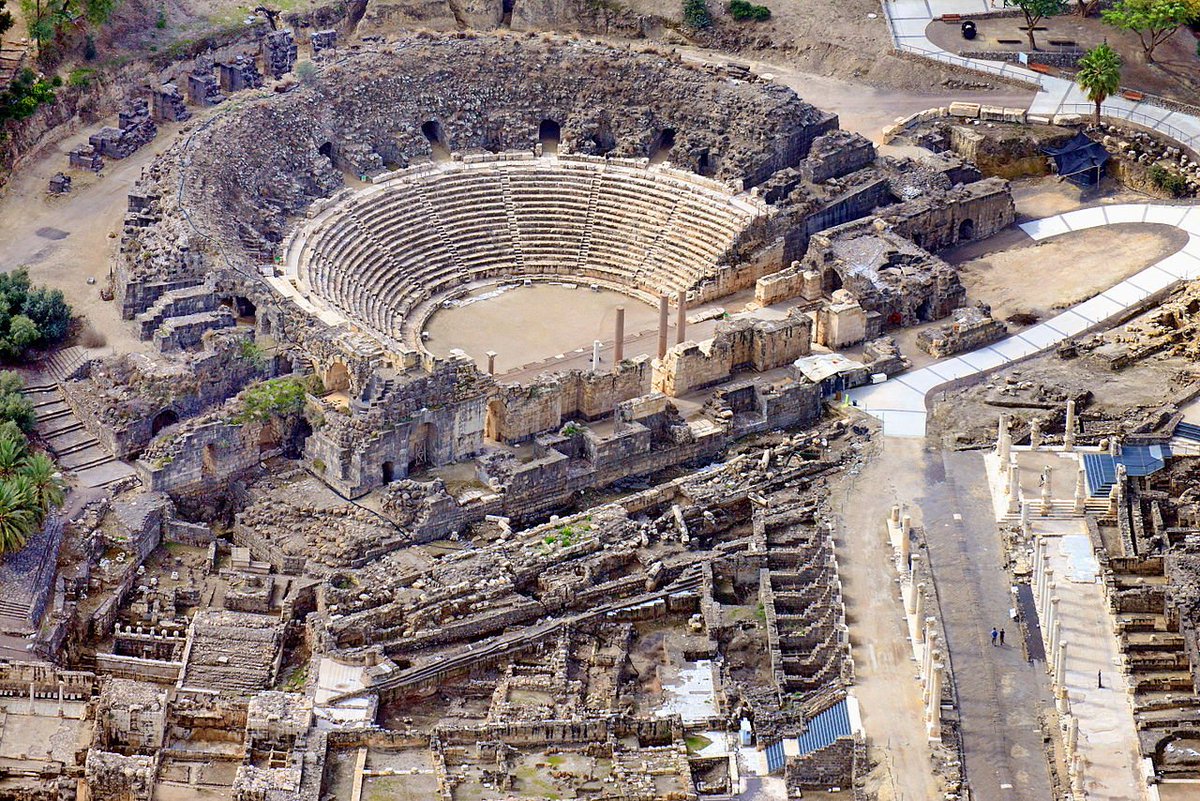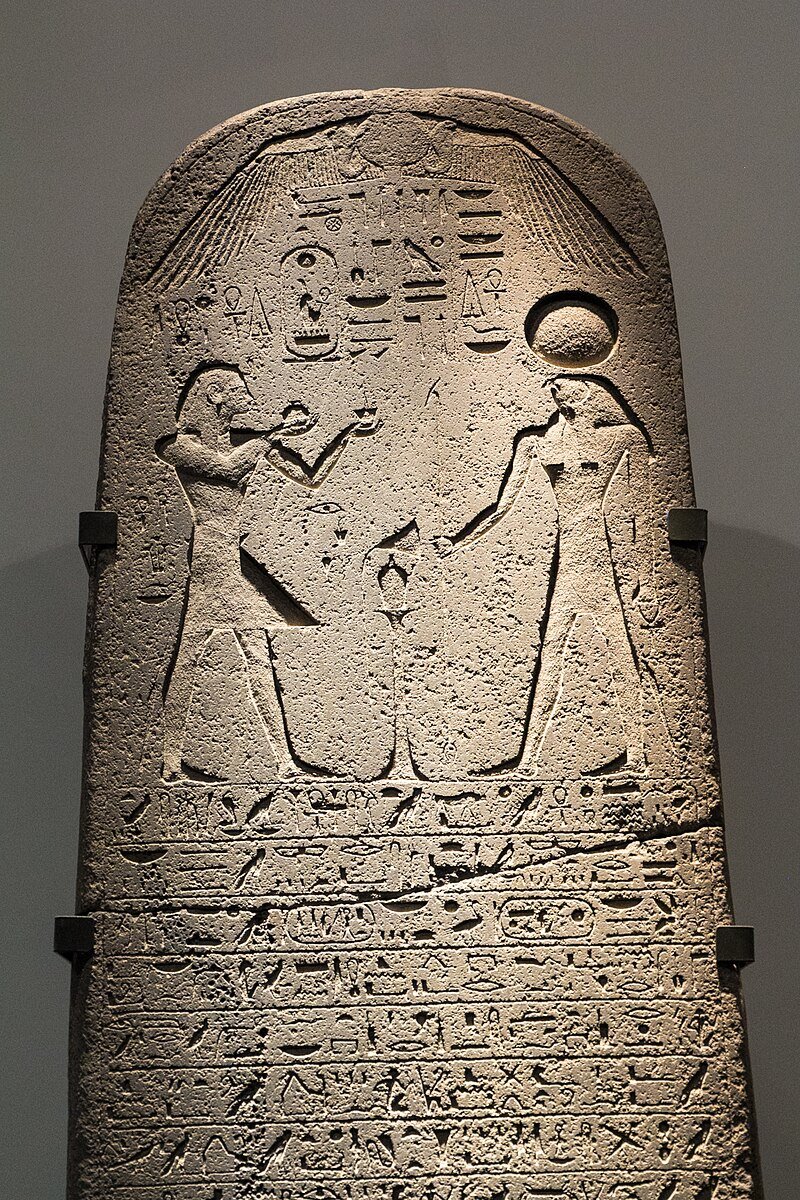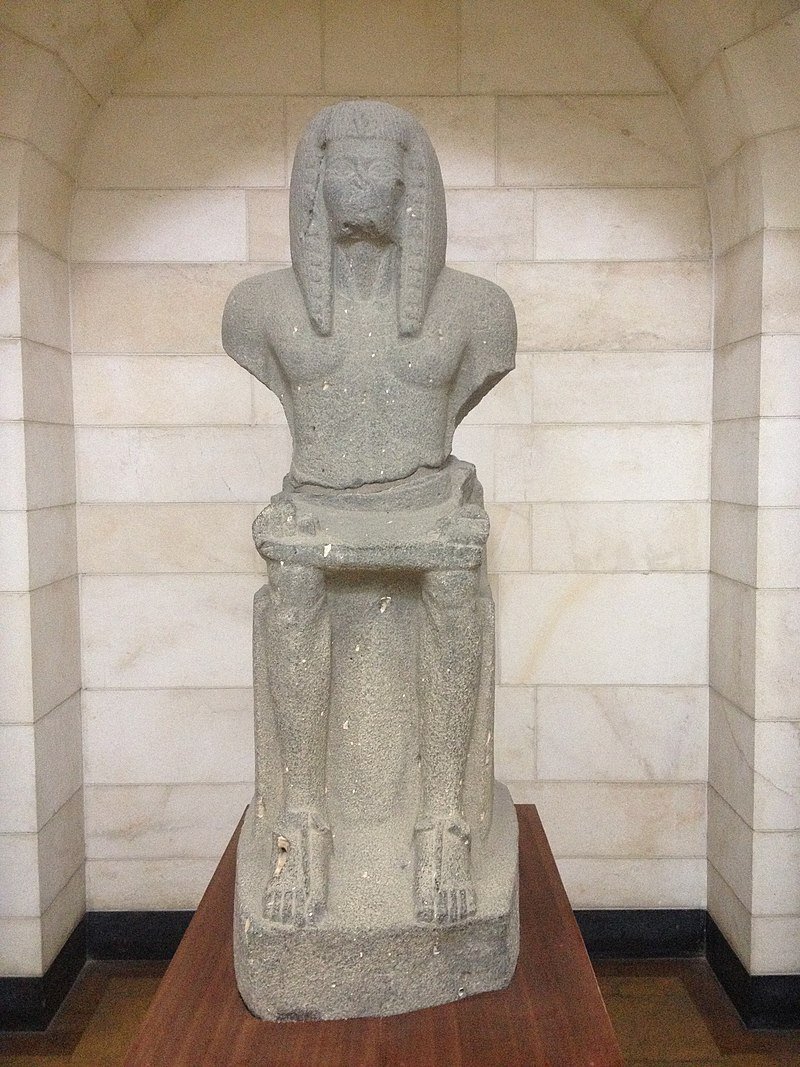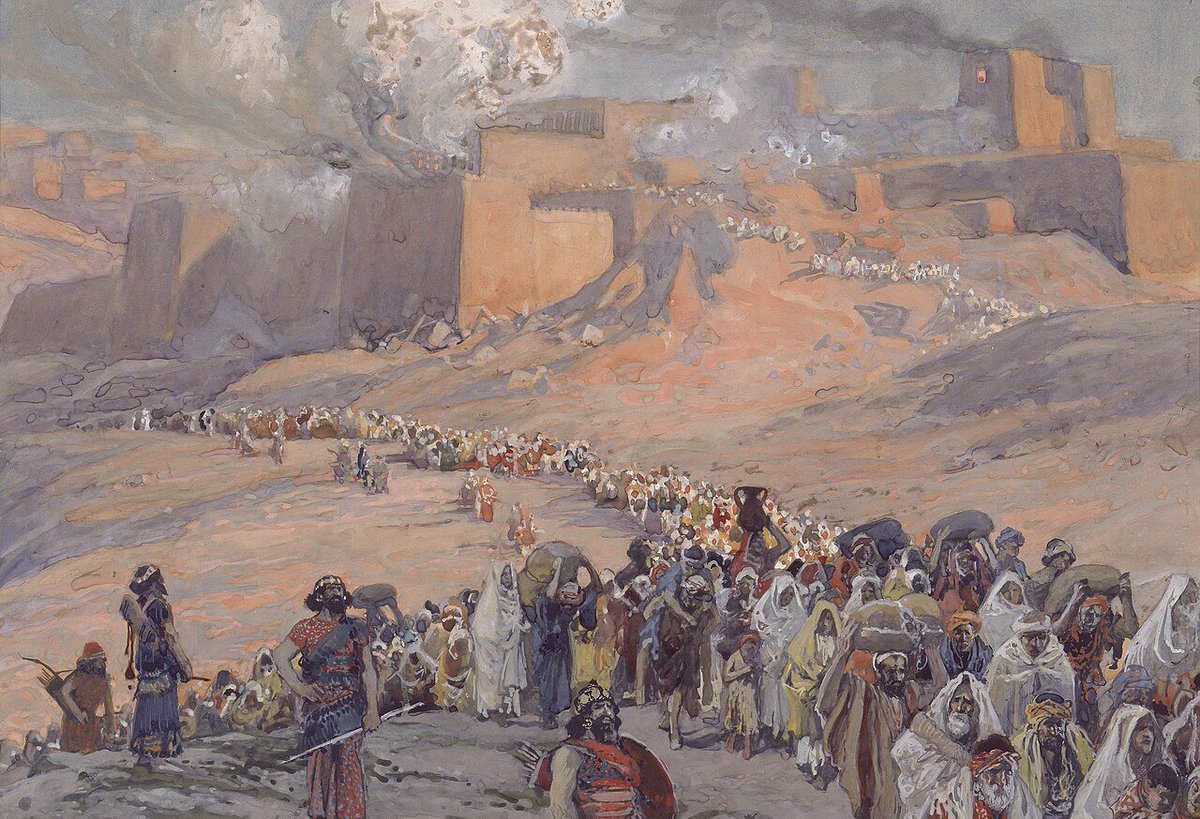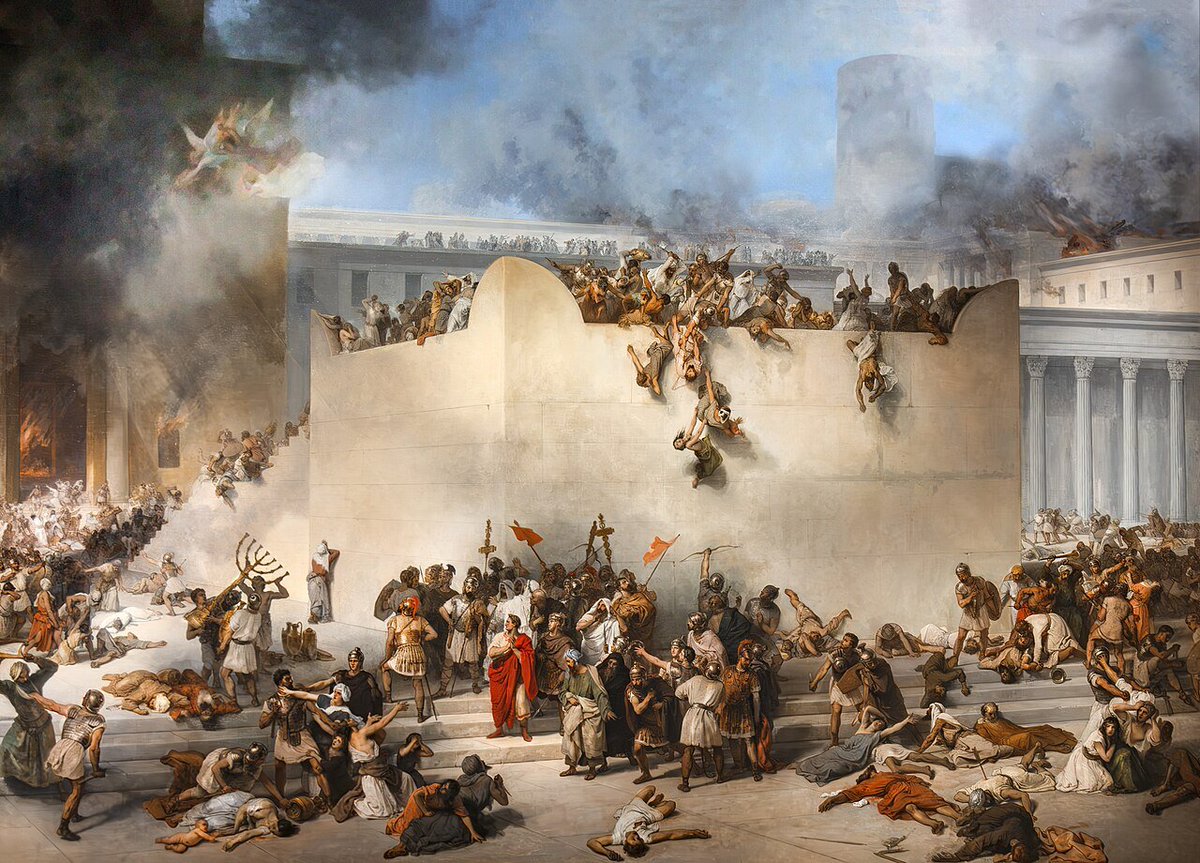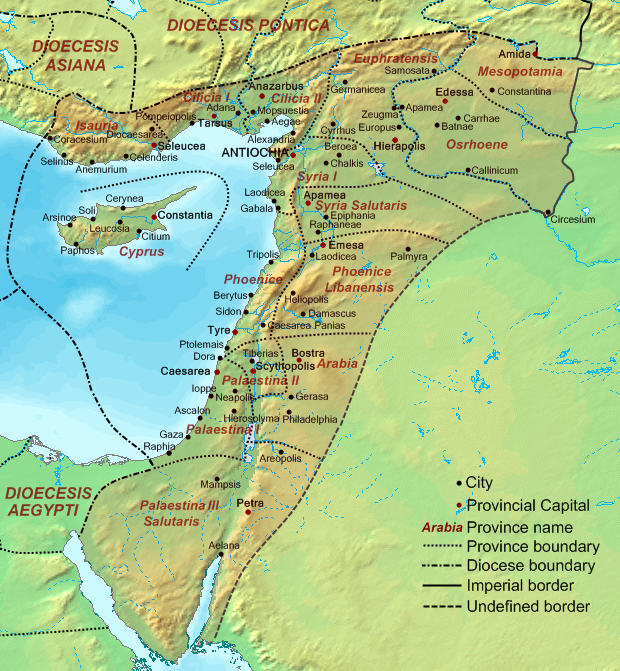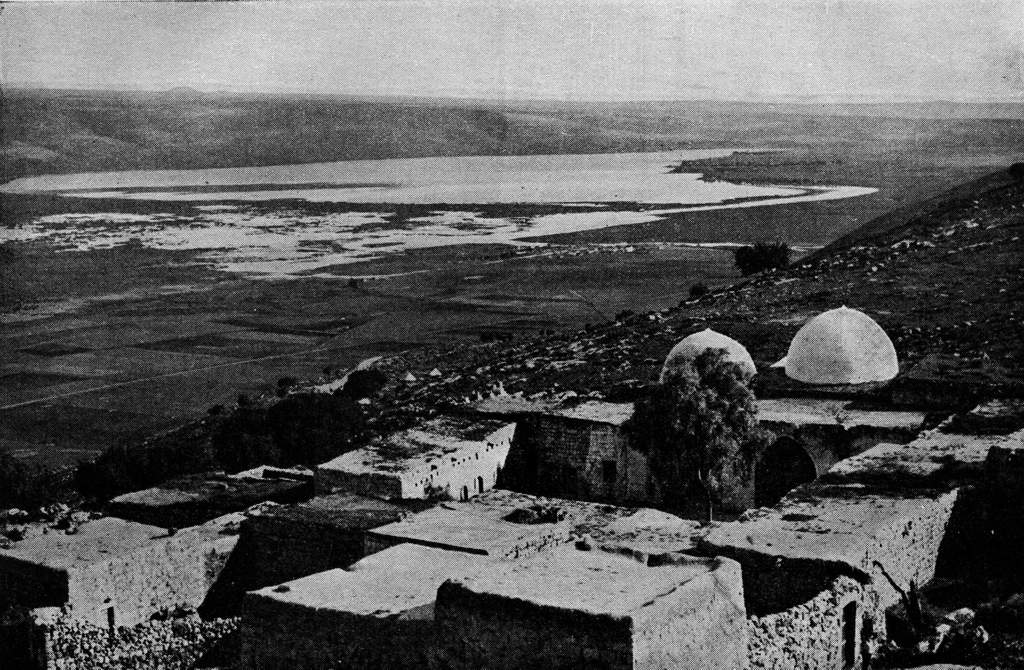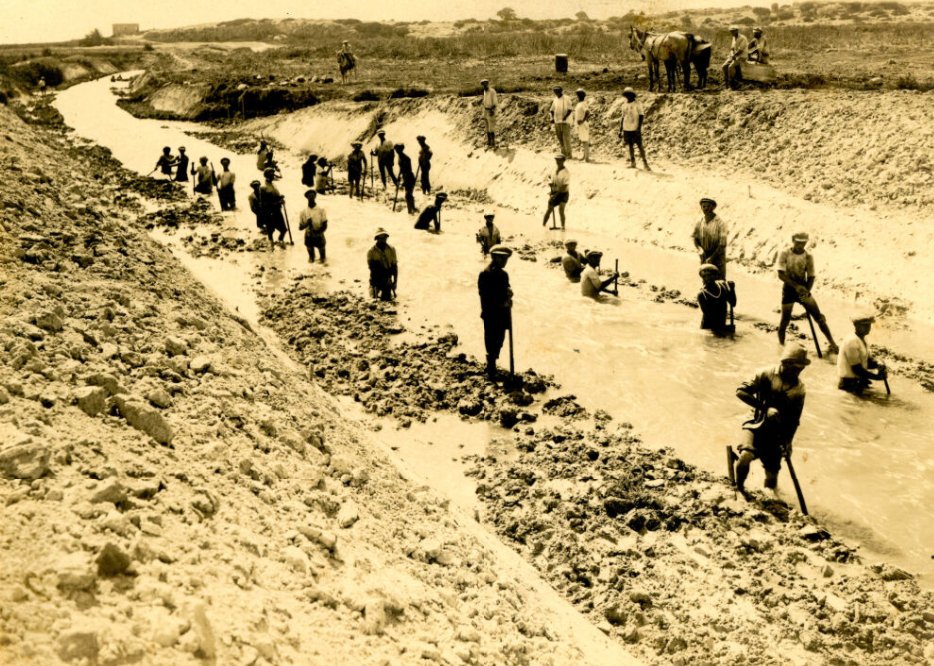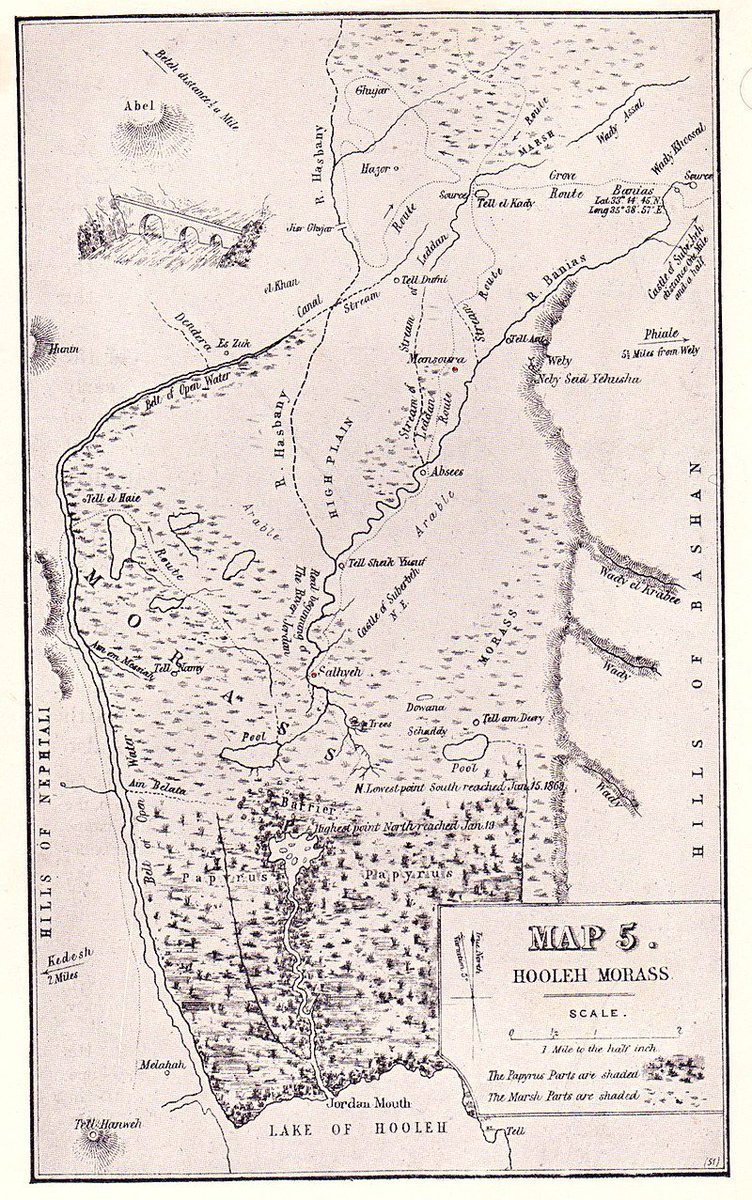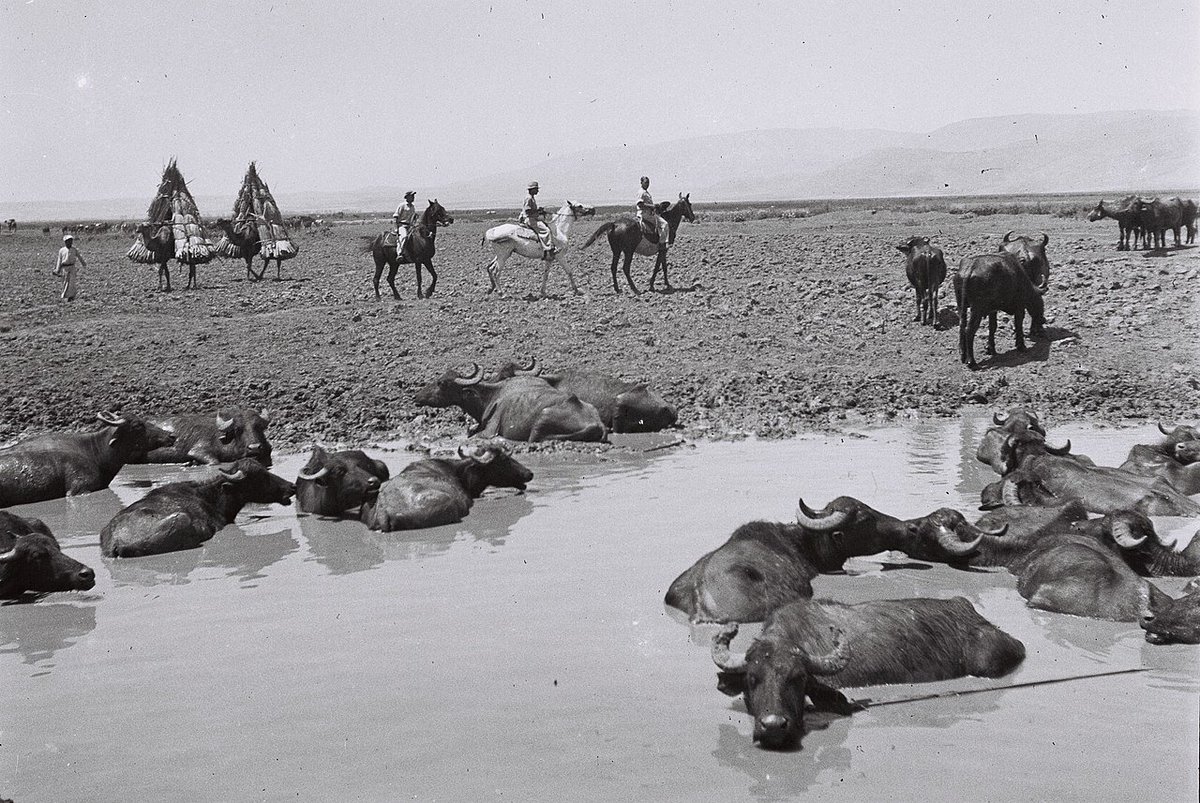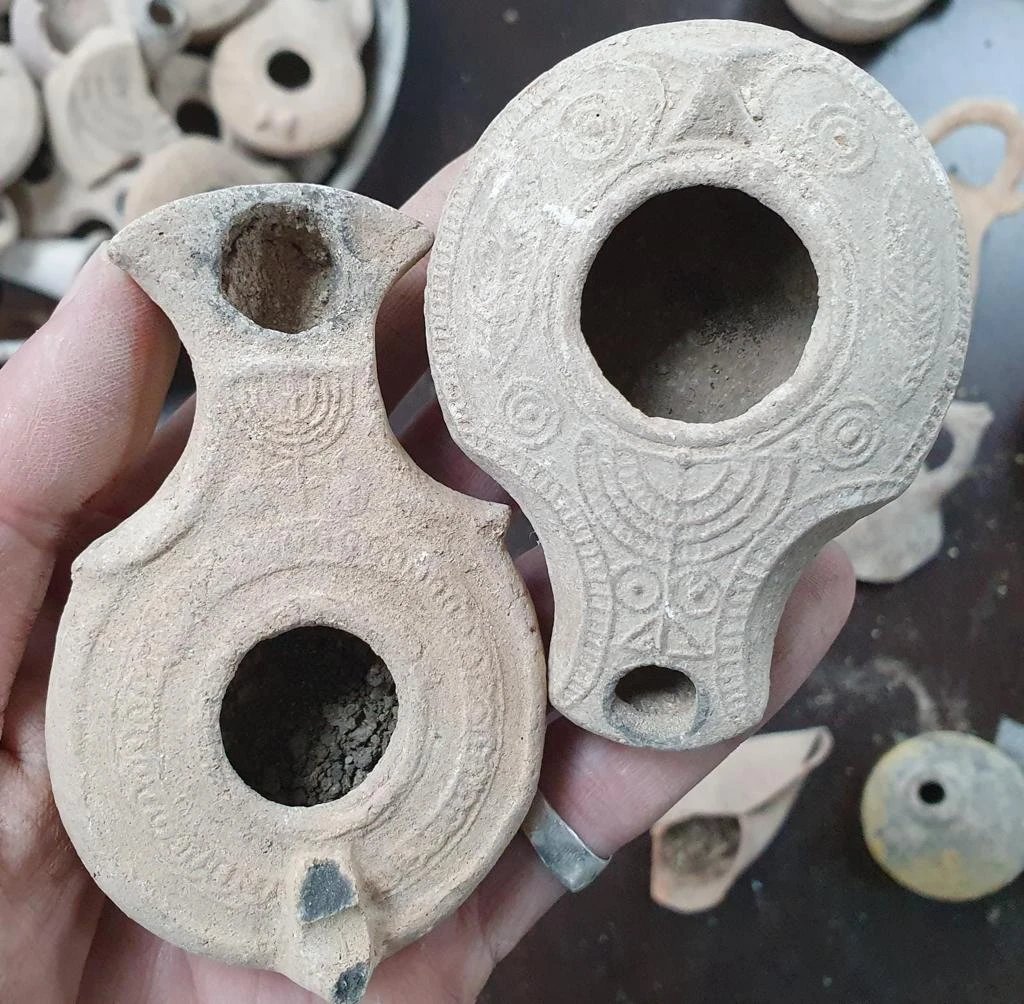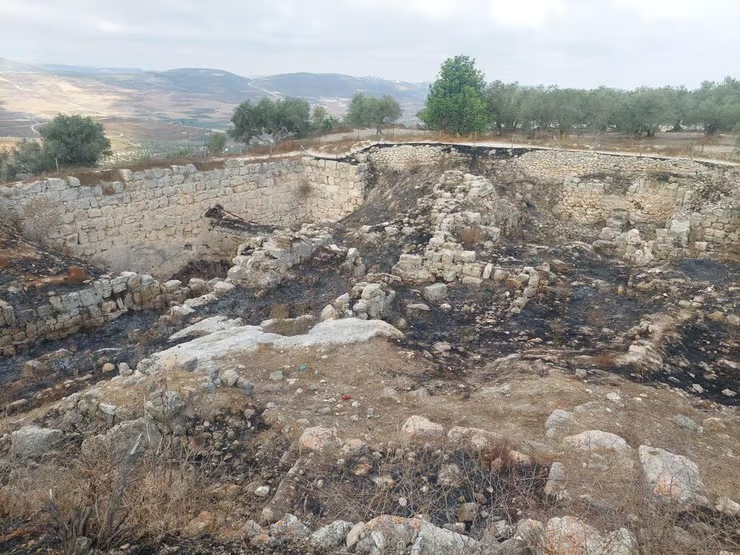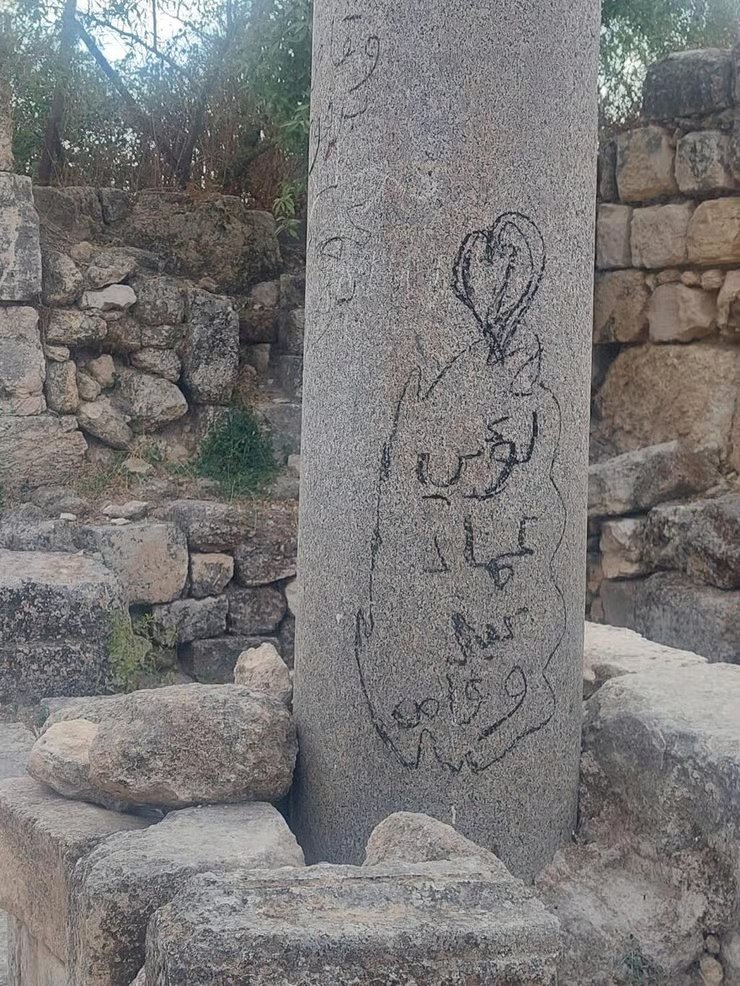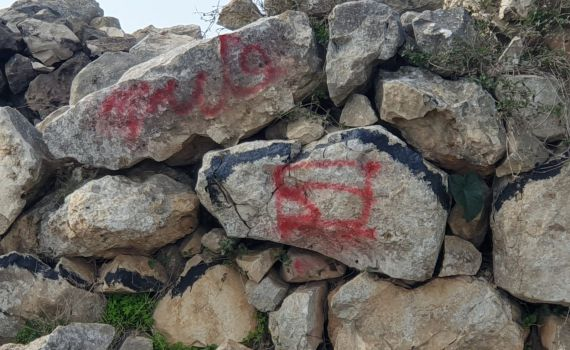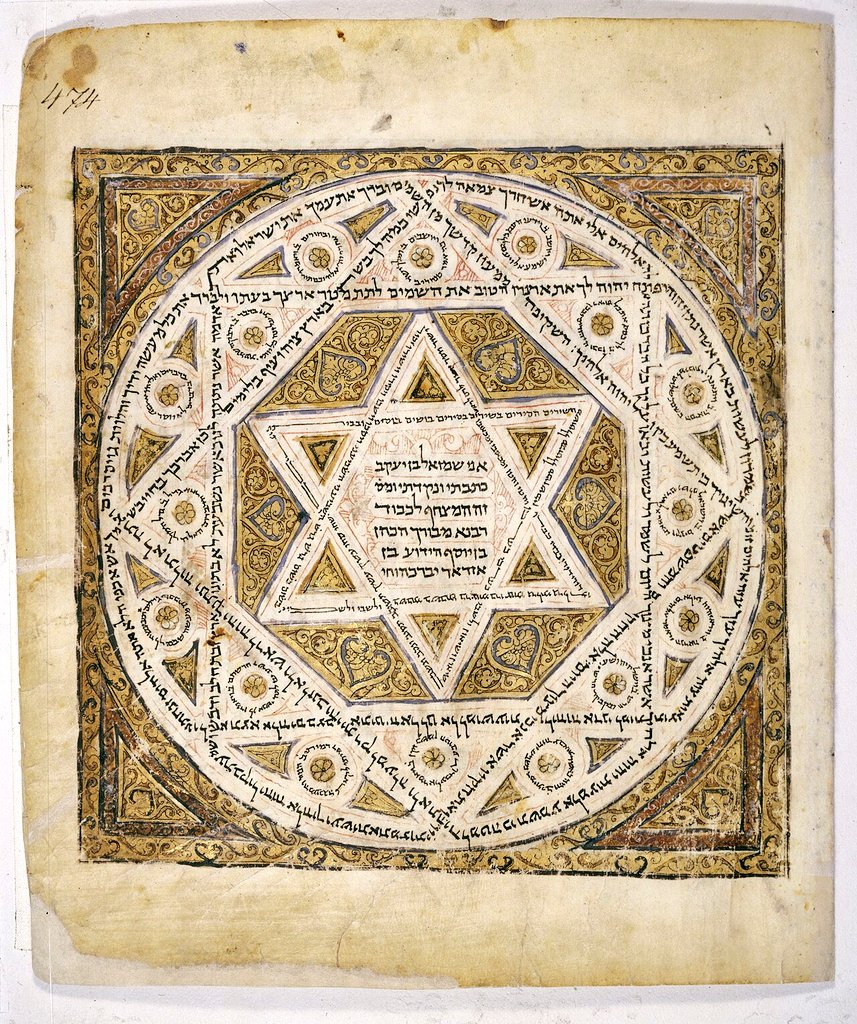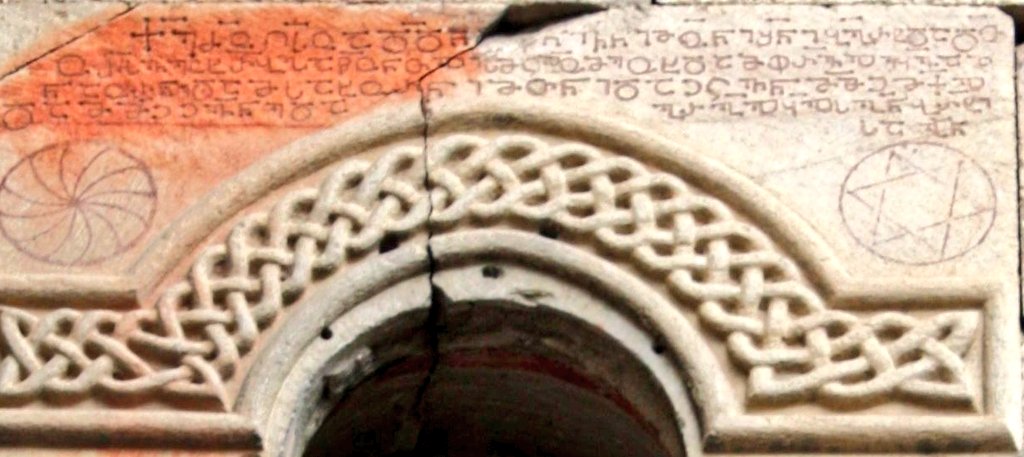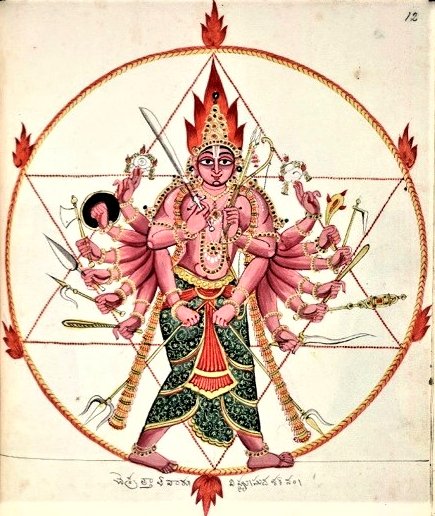Reviving ancient Israeli wine! 🇮🇱
Prof. Elyashiv (Shivi) Drori’s quest to discover ancient wine grapes, uncovered ~82 varieties from the Land of Israel, especially Samaria, bringing Biblical wines to life!
Here’s his amazing story 🧵👇
Prof. Elyashiv (Shivi) Drori’s quest to discover ancient wine grapes, uncovered ~82 varieties from the Land of Israel, especially Samaria, bringing Biblical wines to life!
Here’s his amazing story 🧵👇
https://twitter.com/DanitheSett/status/1937811703648977396

1/ As a biochemist at Ariel University, Drori’s love for wine sparked a mission to rediscover Israel’s ancient grapes. He trekked from the Negev deserts to the Galilee hills, collecting wild vines to trace their roots back to Biblical times. 🍇🔬
>>
>>

2/ Using DNA analysis, Drori’s team studied vines & ancient grape seeds from sites like Jerusalem & Masada. They identified 82 varieties, ~20 ideal for wine, like Marawi, Jandali, & Be’er—grapes tied to ancient Israelite life! 🏛️
>>

>>


3/ These grapes were central to Biblical Israel, used in rituals at the Tabernacle in Shiloh & Jerusalem’s Temple. Texts like the Talmud mention some of these variants. Wine was even exported to Rome.🍷
>>
>>

4/ Important Historical Context: Winemaking thrived in ancient Israel until Muslim rule in the 7th century paused it.
Some varieties survived as table grapes or in the wild.
Drori’s discoveries, among others, reconnect us to this 2,000-year-old legacy of faith & culture.
>>
Some varieties survived as table grapes or in the wild.
Drori’s discoveries, among others, reconnect us to this 2,000-year-old legacy of faith & culture.
>>

5/ Drori co-founded Gvaot Winery in Samaria to craft wines from these grapes. His Marawi & Bittuni wines revive ancient flavors.
He also consulted on Recanati’s Marawi, a global hit made along with a local Arab wine expert. 🍾
>>
He also consulted on Recanati’s Marawi, a global hit made along with a local Arab wine expert. 🍾
>>

6/ Wines He’s Shaped:
Gvaot Bittuni: A bold, earthy red.
Recanati Marawi: A wine with floral notes, born partially from Drori’s research.
The Be'er, Yael, and Moshe variants are now being planted for the first time in centuries and will be tested. 🍇🥂
>>
Gvaot Bittuni: A bold, earthy red.
Recanati Marawi: A wine with floral notes, born partially from Drori’s research.
The Be'er, Yael, and Moshe variants are now being planted for the first time in centuries and will be tested. 🍇🥂
>>

7/ So why does it matter?
Prof Drori’s work blends science and heritage.
These grapes, adapted to Israel’s climate, let us taste history and are part of reconnecting the Jewish people with our ancient heritage.🍷🇮🇱
Prof Drori’s work blends science and heritage.
These grapes, adapted to Israel’s climate, let us taste history and are part of reconnecting the Jewish people with our ancient heritage.🍷🇮🇱
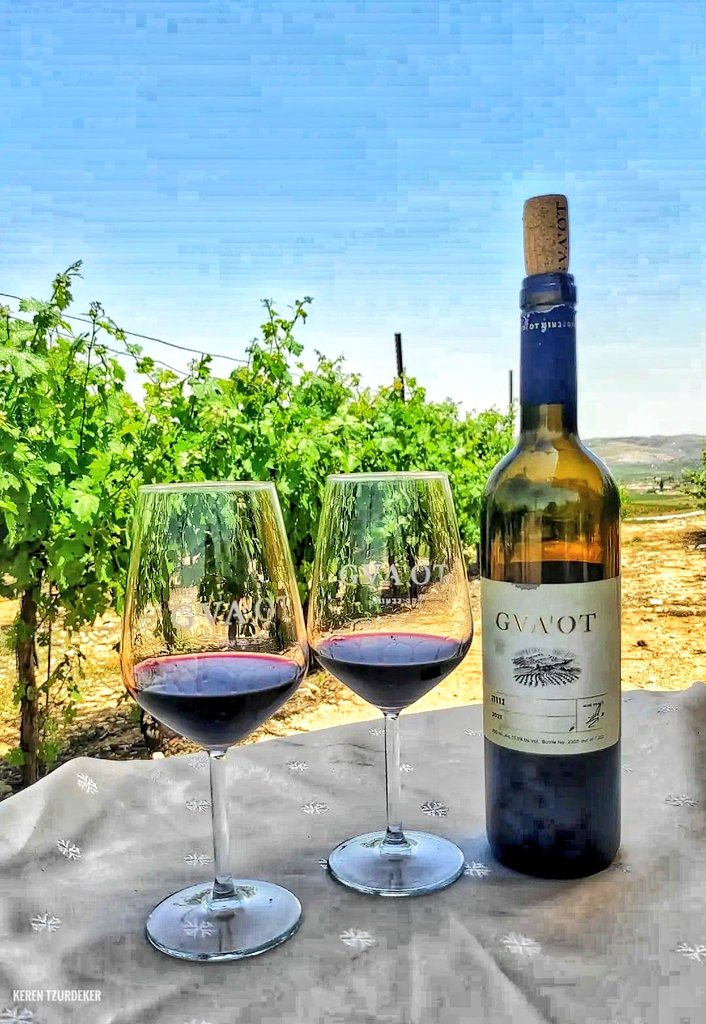
• • •
Missing some Tweet in this thread? You can try to
force a refresh






